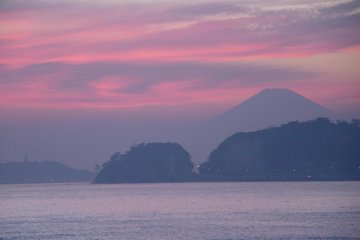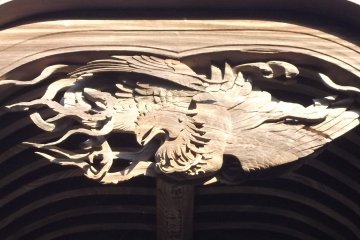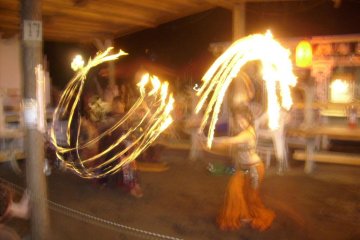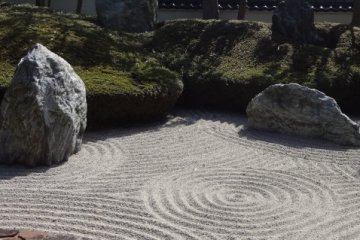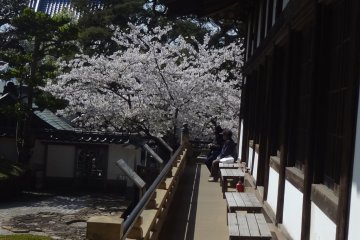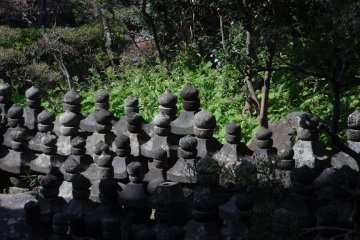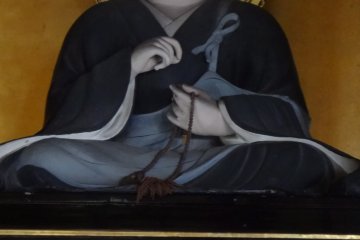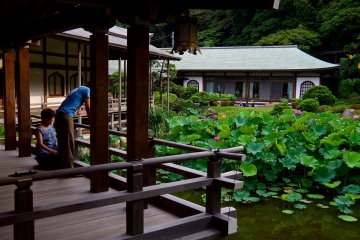I always feel Komyo-ji is full of life. The reason is that I see many local people and only a few tourists here: A group of mothers chatting, kids running around, elderly people enjoying their time, sitting in wheelchairs, and some pious women calmly praying to Buddha in the inner sanctuary of the temple. Komyo-ji is a bit far from Kamakura central, but I love to visit here to refresh myself.
The history of Komyo-ji
In 1243, when the Kamakura Shogunate had become stable, Komyo-ji was established by Kishu Ryochu, a priest of the Jodo sect. Ryochu was an excellent scholar and wrote more than 100 books in his lifetime. He also practiced actively. He walked widely—from the Kanto area to Kyushu—(two thirds of Japan) and taught huge numbers of people in these places. The fame of Ryochu brought a lot of student priests to Komyo-ji. So as a natural result, it became a training center of the Jodo sect. Even 400 years later, in the Edo era, Komyo-ji kept its position as the top-level training temple in Japan.
The arrangement of the buildings
Like other big temples, the main buildings are arranged in one line: Somon-gate (entrance), Sanmon-gate (the border of the sanctuary), and Daiden (the main hall). Several cherry trees will show you their gorgeous petals if you go there in spring. I really love to see the color combination of the pink cherry blossoms with the green roof of the main hall. When you take off your shoes and go inside, a few local believers will likely be praying to Buddha. When I see this scene, I’m relieved to know the temple is alive. The inner sanctuary is very spacious and feels comfortable and pure. When I visited last time, I sat on the tatami mat for a few minutes and gazed at some statues and wooden carvings under the ceiling. I felt comfortable there. After that I went out to the corridor facing the stone garden. There are eight large stones placed among the fine gravel designs. Each stone symbolizes one of the three main Buddhas and a well-known priest from the Kamakura Period—including Ryochu. Another garden can be seen from the opposite side of the corridor. There is a pond filled with gorgeous lotus flowers in mid summer.
Zaimoku-za Beach
Komyo-ji is quite near Zaimoku-za Beach. A lot of surfers enjoy the waves throughout the year. The sunset from here is incredibly beautiful, when you can see Mt. Fuji and Enoshima Island silhouetted against the evening sky.
Fresh air from the sea is always blowing into Komyo-ji. This means Komyo-ji is free. Komyo-ji is alive with local people and it keeps its door open to anyone who needs a breath of fresh air.



